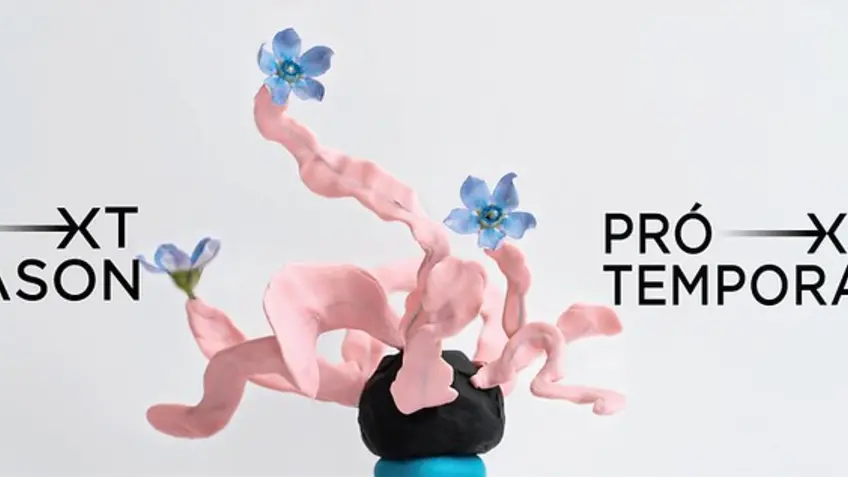Art Pushes Climate Change Communications to a New Level in Costa Rica
Supported by the International Institute for Sustainable Development (IISD), through the NDC Partnership’s Climate Action Enhancement Package (CAEP), the exhibition “Next Season: Art and Science in the Face of the Climate Future” explored the synergies between contemporary art and science to propose innovative approaches to raising awareness of climate change.
Nearly 700 Costa Ricans visited rooms 2 and 3 of San José’s Museum of Contemporary Art and Design (MADC) between April and June to see the outcomes of a collaboration between artists and scientists that adds new colors to framing and responding to the climate crisis. There, eight artworks were displayed on the MADC’s walls and floor, inviting the audience to rethink climate change adaptation and mitigation through a crosscutting science-policy-art interface.
Undertaken by the Costa Rican Ministry of Environment and Energy (MINAE)’s Directorate of Climate Change, in partnership with IISD and with support from the NDC Partnership’s Climate Action Enhancement Package, the “Next Season: Art and Science in the Face of the Climate Future” exhibition fostered new language and aesthetics in artistic expressions that speak to the climate emergency by promoting residencies of eight artists in some of the most prominent scientific centers in Costa Rica.
Selected from 62 proposals submitted in response to a public call in January 2021, the projects showcased in the exhibition were developed by artists that combined their artistic research interests with climate change information, lived experiences, and data.
A video about the exhibition is available here and a photo album is available here.
“The proposal was to connect artists directly with organizations working with nature in Costa Rica, and that was really a dream come true,” said Elia Arce, who developed her installation “Bodies of Water” during a residency at the Center for Marine Science and Limnology Research (CIMAR).
“As human beings, we are part of a system which needs to be respected, and art is the ideal tool for reaching people’s hearts,” explained Rosella Matamoros Jiménez, who exhibited her piece entitled, "The embrace. Long before the death of the last tree... a forest has already disappeared." The artwork was created during her residency at the Organization for Tropical Studies.
Andrea Meza Murillo, Costa Rica’s Minister of Environment and Energy, remarked that projects like Next Season can help every citizen to better understand their role in addressing the climate crisis.
“I believe that art is a wonderful vehicle for connecting emotions and for inspiring us,” she said. “That is what we have sought to do so by combining the science, which is difficult to understand, with art. It's like connecting the brain to the heart.”
Next Season created a space that did not exist yet in Costa Rica—a space for experimentation and for the meeting of minds, where technocratic and artistic visions of the climate crisis challenged one another and resulted in the creation of artworks that invited fresh thinking about climate and environmental problems.
Reading Groups and Artistic Competition
Next Season’s activities went beyond the exhibition at the MADC, also engaging students from different levels in discussions and reflections about the climate emergency from an artistic point of view. A reading group explored books and texts about the effects of human activity on the environment in three 90-minute sessions.
In addition, a competition under the banner Emerging Next Season—promoted in partnership with the Ministry of Education and the Centro Cultural e Histórico José Figueres Ferrer—inspired students to create their own artworks about the climate emergency. The three projects selected from 18 submissions were exhibited at the José Figueres Museum in San Ramón, Northern Costa Rica, as part of celebrations commemorating 200 years of the country’s independence.
With the success of the exhibition and the other project activities, policymakers, artists, and the general public are now eagerly hoping for a second Next Season exhibition, where new frontiers in the science-policy-art nexus, and new innovative partnerships, can be explored.
